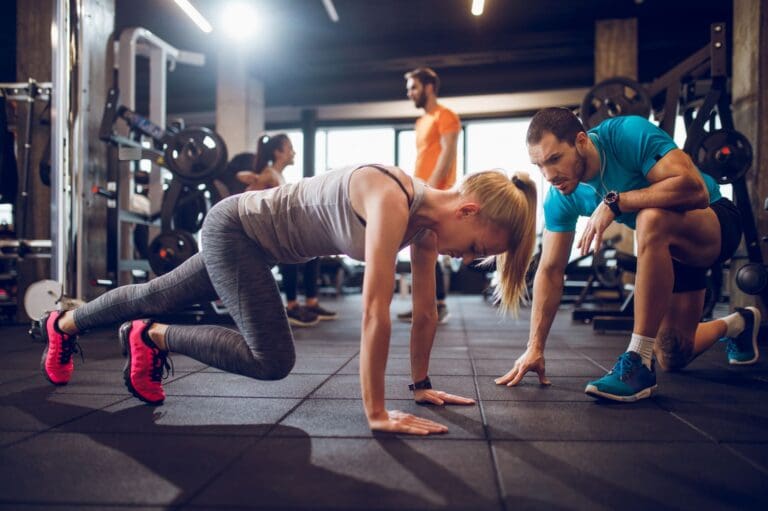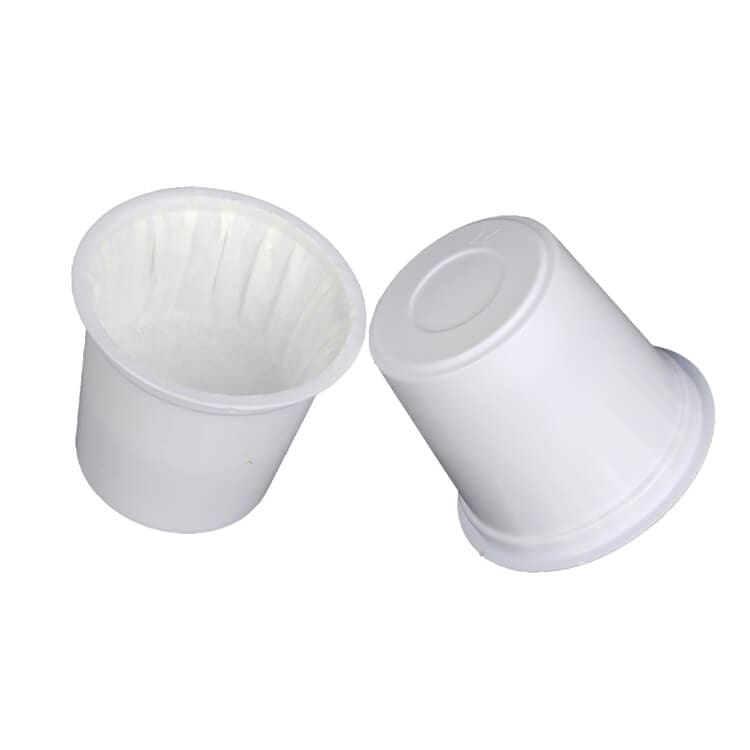
As a personal trainer based in San Mateo, I have seen firsthand the incredible power of progressive calisthenics when it comes to building muscle and achieving a strong, lean physique. But what is Calisthenics? Calisthenics are a form of exercise that utilizes the bodyweight as resistance, it includes a wide range of exercises such as push-ups, squats, pull-ups, and more. Bodyweight training has come a long way in recent years, and there is now a wealth of research and studies that demonstrate the effectiveness of this type of training for muscle growth.
One of the key benefits of progressive calisthenics is that it allows you to work your entire body in a functional, holistic way. Unlike traditional weightlifting, which often focuses on isolating specific muscle groups, calisthenics exercises require you to engage multiple muscle groups at once, leading to a more efficient and effective workout.
Additionally, progressive calisthenics allows you to easily track your progress and make adjustments to your training program as needed. Because you are working with your own bodyweight, it is easy to see when you are able to perform more reps or add more resistance to an exercise. This allows you to continuously challenge yourself and push your limits, leading to consistent muscle growth.
Another benefit of progressive calisthenics is that it is a highly adaptable form of training. Whether you are a beginner or an experienced athlete, there is a wide range of exercises and variations that can be tailored to your individual needs and goals. This makes it a great option for anyone, regardless of their fitness level or experience.
One of the most effective ways to use progressive calisthenics for muscle growth is through the use of progressive resistance. This means gradually increasing the difficulty of your exercises over time, whether that be by adding more reps, increasing the time under tension, or using more advanced exercises.
A study conducted by the Journal of Strength and Conditioning Research in 2016 found that progressive resistance training resulted in significant muscle hypertrophy in both upper and lower body muscle groups. The study also found that the muscle hypertrophy was similar to that achieved through traditional weightlifting.
Another important aspect of progressive calisthenics for muscle growth is to focus on progressive overload, which is the gradual increase of stress placed on the muscle fibers. A study by the Journal of Applied Physiology in 2018 found that progressive overload is a key factor in muscle growth, as it leads to an increase in muscle protein synthesis and muscle hypertrophy.
Progressive calisthenics is also a highly effective form of training for building functional strength. Unlike traditional weightlifting, which often focuses on building strength in a single plane of motion, calisthenics exercises require you to engage multiple muscle groups in multiple planes of motion. This leads to a more well-rounded, functional strength that is better able to transfer to everyday activities and sports.
Want to experience the power of progressive calisthenics for yourself? Look no further than Holly Roser Fitness, your go-to personal trainer in San Mateo. Let’s work together to achieve your muscle growth and fitness goals! And remember, “Calisthenics is like a dance, you just need to find the rhythm that works for you.”






